Exploring Yellow Tungsten Oxide: Unlocking Big Classification in One Article
- Details
- Category: Tungsten Information
- Published on Saturday, 05 April 2025 11:10
- Written by Xiaoting
- Hits: 243
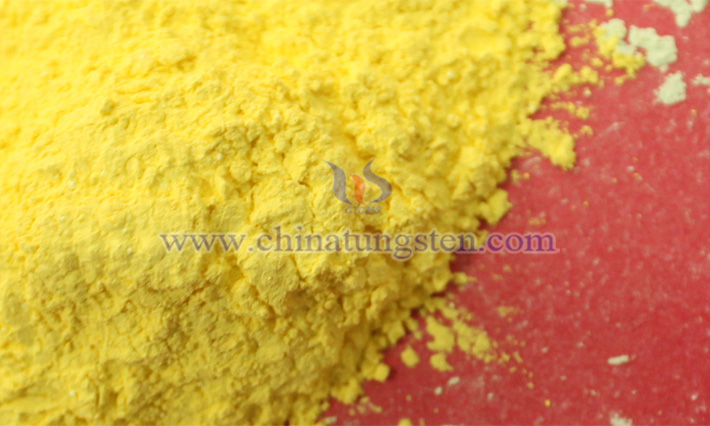
In the vast landscape of modern industry, yellow tungsten oxide (WO₃) may not enjoy the widespread recognition of steel or plastics, yet it plays an indispensable role across numerous critical sectors. In the petrochemical industry, it serves as an efficient catalyst, quietly accelerating complex chemical reactions, boosting production efficiency, and reducing costs. In electronics, gas sensors made from WO₃ act as vigilant guardians, constantly monitoring harmful gases in the environment. In the realm of new energy vehicle battery manufacturing, its inclusion significantly enhances battery performance, extending driving range and contributing to sustainable mobility.
Read more: Exploring Yellow Tungsten Oxide: Unlocking Big Classification in One Article
Application of Cut-Resistant Tungsten Wire in Precision Manufacturing
- Details
- Category: Tungsten Information
- Published on Thursday, 03 April 2025 19:15
- Written by Zhenghua
- Hits: 222
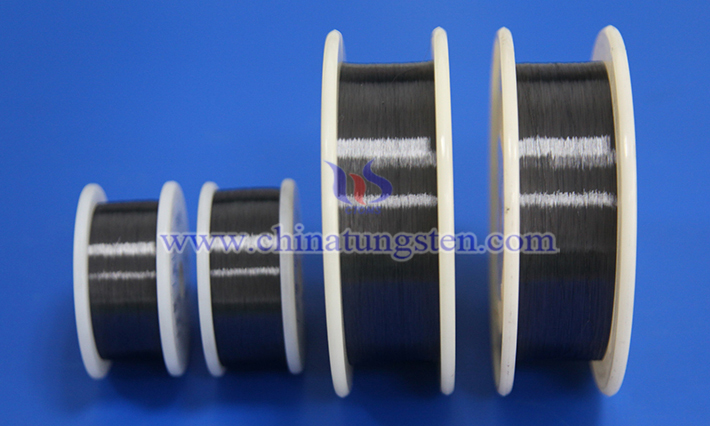
In the field of modern precision manufacturing, the performance of materials directly affects the quality and production efficiency of products. Cut-resistant tungsten wire is a special alloy wire with tungsten as the main component, which has high strength, high hardness, high wear resistance and good high temperature resistance. These characteristics make cut-resistant tungsten wire perform well in precision cutting processes and become a key material in many fields such as the electronics industry, medical device processing, automobile manufacturing and mold manufacturing. With the continuous improvement of the manufacturing industry's demand for high precision and high efficiency, the application prospects of cut-resistant tungsten wire are becoming more and more broad.
Read more: Application of Cut-Resistant Tungsten Wire in Precision Manufacturing
Unconventional Applications of Cut-Resistant Tungsten Wire in The Construction Industry
- Details
- Category: Tungsten Information
- Published on Thursday, 03 April 2025 19:05
- Written by Zhenghua
- Hits: 226
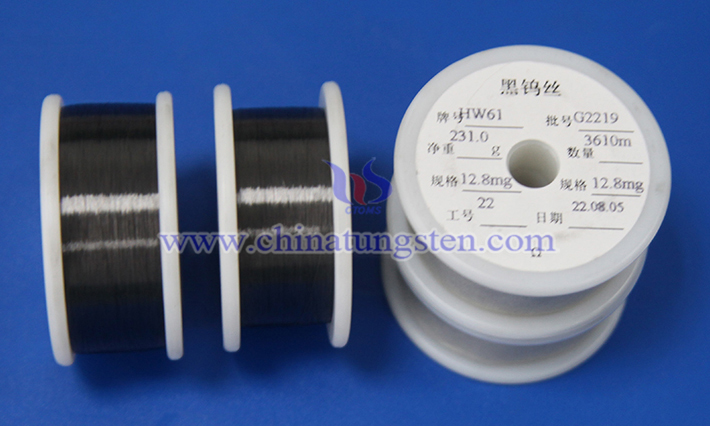
Cut-resistant tungsten wire is known for its excellent wear resistance, high strength and corrosion resistance, and is often used in traditional fields such as cutting and welding. However, in the construction industry, this material has many unconventional applications. These innovative applications not only improve the efficiency and quality of construction projects, but also bring new possibilities for the development of the industry.
Read more: Unconventional Applications of Cut-Resistant Tungsten Wire in The Construction Industry
Cut-Resistant Tungsten Wire: Ideal for Zero Edge Chipping Cuts
- Details
- Category: Tungsten Information
- Published on Thursday, 03 April 2025 19:10
- Written by Zhenghua
- Hits: 231
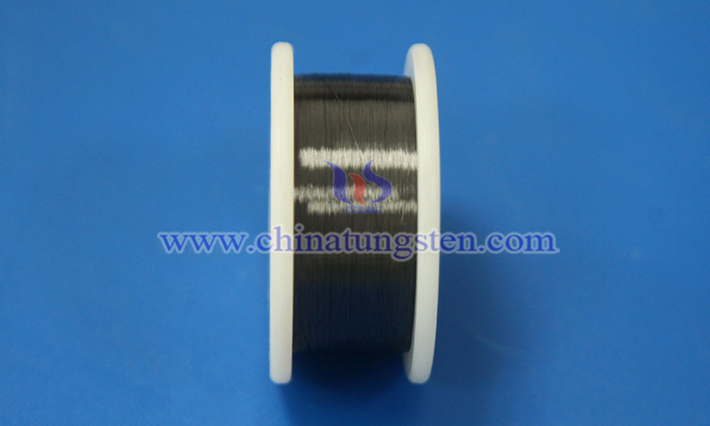
In the field of precision manufacturing, the accuracy and quality of material cutting directly impact the performance and lifespan of end products. Traditional cutting materials often struggle with issues like edge chipping and debris when processing high-hardness or brittle materials, leading to reduced yield rates. The introduction of CTIA GROUP’s cut-resistant tungsten wire offers a revolutionary solution to this challenge.
Read more: Cut-Resistant Tungsten Wire: Ideal for Zero Edge Chipping Cuts
Cut-Resistant Tungsten Wire for Ultra-Thin Glass Processing
- Details
- Category: Tungsten Information
- Published on Thursday, 03 April 2025 19:00
- Written by Zhenghua
- Hits: 231
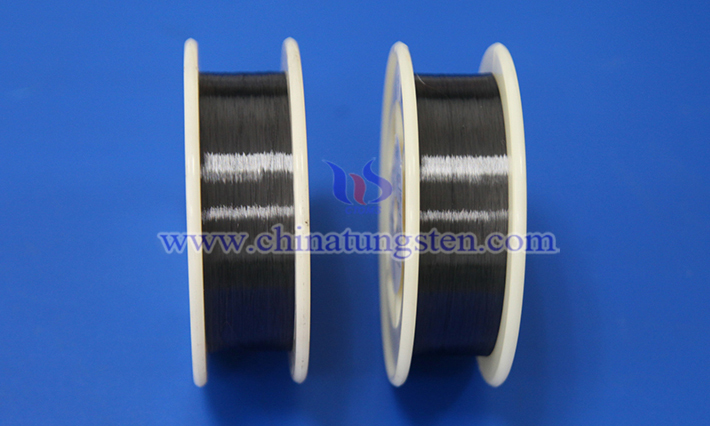
With the rapid development of science and technology, ultra-thin glass is increasingly used in modern electronic equipment, optical instruments and new energy fields. Ultra-thin glass has become an indispensable component of high-tech products such as smartphone screens, solar panels, and medical equipment with its excellent optical properties, mechanical strength and thermal stability.
Read more: Cut-Resistant Tungsten Wire for Ultra-Thin Glass Processing





 sales@chinatungsten.com
sales@chinatungsten.com